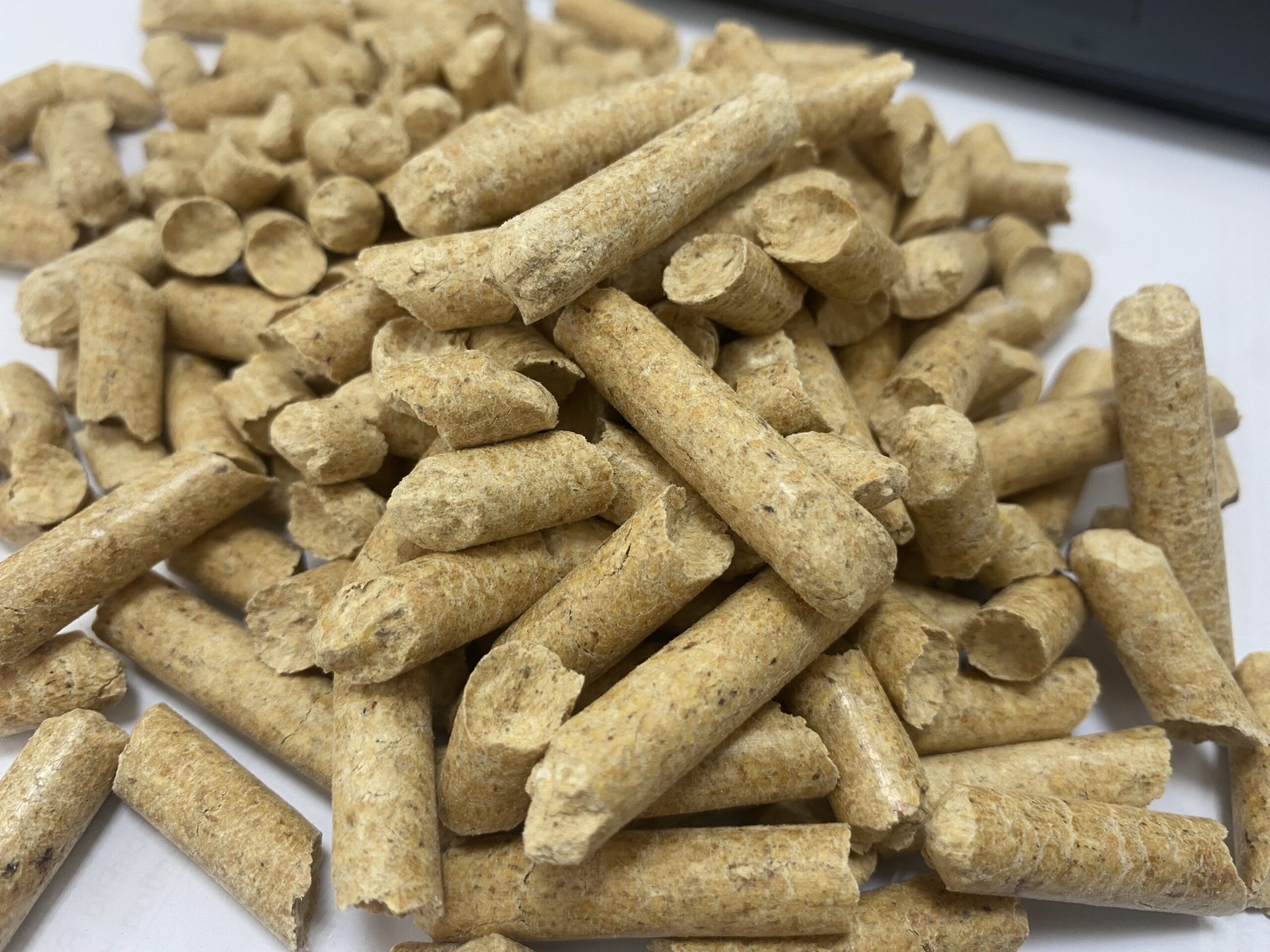Introduction
Stable management is a critical aspect of horse care that affects not only the health and comfort of the horses but also the efficiency of stable operations. Pine wood pellets have emerged as a popular choice among horse owners and stable managers due to their numerous benefits, including enhanced absorbency, reduced labor, and improved environmental conditions. This article delves into how pine wood pellets can significantly improve stable management, offering practical insights and solutions for optimizing your stable operations.

Enhanced Absorbency and Moisture Control
Superior Moisture Absorption
One of the most significant advantages of pine wood pellets is their exceptional absorbency. These pellets can absorb several times their weight in moisture, effectively managing urine and keeping the stall dry. This high level of absorbency helps prevent the buildup of dampness and ammonia, which are common issues with traditional bedding materials. By maintaining a dry environment, pine wood pellets contribute to better hoof health, reduced risk of infections, and overall improved horse comfort.
Minimized Stall Odor
Pine wood pellets help control and reduce odors thanks to the natural pine oils they contain. These oils neutralize ammonia and other unpleasant smells, keeping the stable environment fresh and pleasant. Effective odor control is crucial for maintaining a healthy environment for both horses and stable staff. By minimizing odors, pine wood pellets contribute to better air quality and a more comfortable working environment.
Efficient and Time-Saving Maintenance
Simplified Cleaning Process
Pine wood pellets offer a streamlined approach to stall maintenance. The pellets expand and break down into a soft, fluffy bedding material when moistened, making it easier to spot clean and manage daily waste. The high absorbency of the pellets means that only the soiled areas need to be removed, reducing the amount of bedding that needs to be replaced. This efficiency translates into less time spent on stall cleaning and more time available for other important stable tasks.
Reduced Bedding Replacement Frequency
Due to their high absorbency and durability, pine wood pellets last longer compared to traditional bedding materials. This means that stable managers need to replace the bedding less frequently, leading to cost savings and reduced labor. Fewer replacements also mean less disruption to the horses’ living environment, contributing to a more stable and comfortable stall setting.
Cost-Effectiveness and Value
Long-Term Savings
While pine wood pellets may have a higher initial cost compared to some traditional bedding options, their long-term value is significant. The superior absorbency of pine wood pellets means that less bedding is required to achieve the same level of performance. This results in fewer purchases over time and lower overall bedding costs. Additionally, the reduced need for waste disposal and the longevity of the bedding contribute to overall cost savings.
Economic Efficiency
The efficiency of pine wood pellets extends beyond just bedding costs. The reduced labor involved in cleaning and maintaining stalls translates into lower operational costs for the stable. With less time spent on maintenance, stable staff can focus on other essential tasks, improving overall productivity and efficiency. The economic benefits of using pine wood pellets make them a practical choice for stable managers seeking to optimize their operations.

Improved Horse Health and Comfort
Healthier Living Environment
Maintaining a dry and clean stall is crucial for horse health. Pine wood pellets help achieve this by effectively managing moisture and controlling odors. A dry environment reduces the risk of hoof infections, respiratory issues, and other health problems associated with damp and dirty bedding. By providing a clean and comfortable living space, pine wood pellets contribute to the overall well-being of the horses.
Enhanced Comfort
The fluffy and soft texture of pine wood pellets creates a comfortable bedding surface for horses. This cushioning effect helps reduce pressure on joints and provides a supportive area for resting and lying down. The improved comfort of the bedding can contribute to better sleep and relaxation for the horses, supporting their overall health and happiness.
Environmental Benefits
Sustainable and Eco-Friendly
Pine wood pellets are made from renewable resources, such as sawdust and wood shavings, which are byproducts of the lumber industry. This sustainable sourcing helps reduce waste and supports environmentally friendly practices. Additionally, pine wood pellets are biodegradable and compostable, further minimizing their environmental impact. By choosing pine wood pellets, stable managers can align their practices with eco-friendly principles and contribute to a more sustainable future.
Reduced Waste Production
The high absorbency of pine wood pellets means that less bedding is required, resulting in reduced waste production. Used pine wood pellets can be composted, turning them into valuable soil amendments that benefit gardens and agricultural lands. This composting process supports a circular economy and helps reduce the amount of waste that ends up in landfills.
Conclusion
Pine wood pellets offer a range of benefits that can significantly improve stable management. From their enhanced absorbency and moisture control to their efficiency in maintenance and cost-effectiveness, pine wood pellets provide practical solutions for optimizing stable operations. The improved health and comfort of the horses, combined with the environmental advantages, make pine wood pellets a valuable choice for horse owners and stable managers. By incorporating pine wood pellets into your stable management practices, you can achieve a cleaner, more efficient, and eco-friendly environment that supports the well-being of your horses and enhances the overall operation of your stable.
